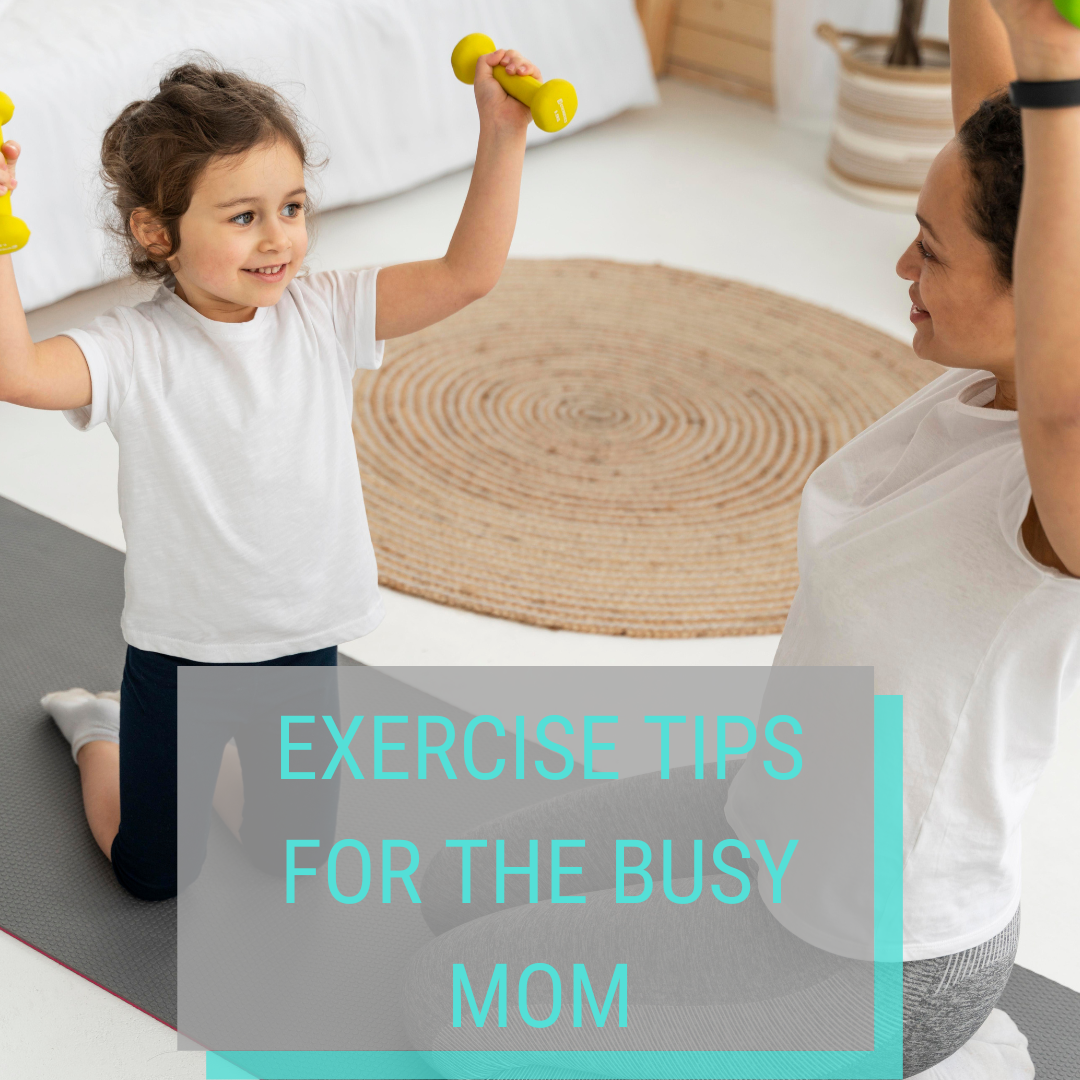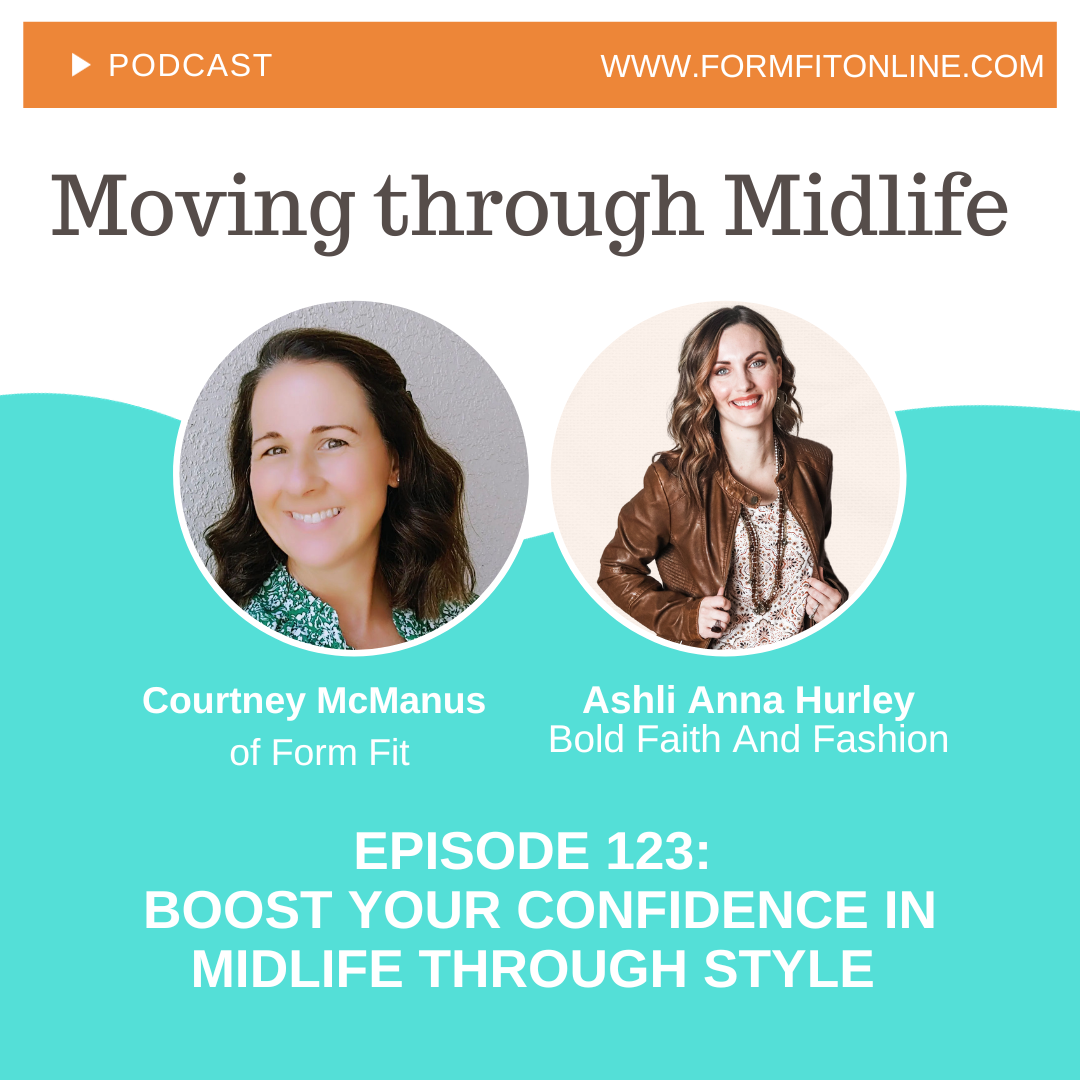Physical Changes in Midlife

A question I receive a lot, is why is body changing and what can I do about it?
You may have noticed that at around 40 you are starting to put weight on in the midsection. Your workout and nutrition has been the same but all of a sudden you are starting to gain more weight and you aren’t sure why. When these physical changes in midlife happen many of us fall into the diet culture way of thinking and start to:
- Workout harder with adding two a days, HIIT workouts, or long runs.
- Eat less, because you think you must be eating to much.
What is happening:
We have different forms of Estrogen in our body and as we get older we start to lose Estrogen; most specifically Estradiol (E2). Estradiol is an anabolic hormone and it helps drive lean muscle mass. It works very well for us when we are younger, and will allow for us to gain muscle with just bodyweight workouts. In your early 40’s this will start to decrease which requires us to work differently to get the same results.
Estradiol also decreases insulin sensitivity, which means you will become more insulin resistant. Your body no longer is as efficient using the glucose from the carbs and sugar, like it used to when you were younger. Add to that the lack of muscle mass (muscle pulls glycogen out of the blood), the glycogen has to go somewhere and it is stored as fat in the belly.
One more thing Estradiol does. It helps to control hunger and satiety so you may notice that you tend to be hungrier throughout the day and you find that you are less fulfilled by the food you are eating.
Exercise in midlife
3 things you can do to support the physical changes in midlife:
- You have to lift heavier weights to get the neural response. Not in your fitness class, but rather when you are working out alone and only doing about 3-6 reps of each exercise. You will want to do: squats, lunge, hinge, push, and pull. By doing this you will increase metabolic rate and bone health.
- Cardio-pull away from high intensity workouts to help calm the nervous system. You now have more cortisol in your system and these types of workouts increase cortisol as well. Focus instead on Zone 2 Cardio (difficult to talk while working out). Do this 3-4 days a week, 1-2 days of HIIT and lots and lots of leisurely walks. These calm walks should be happening every single day. With your sprint drills, try to do only about 60 seconds of sprints. Either 6 10 second reps, trying to go all out. This can be a running sprint, a biking sprint, a rowing sprint, anything like that.
- Plyometrics- as we get older we lose speed and power. We need to be able to move quickly and not get injured when doing so. Therefore it is good to do a few plyometrics either thrown into your workouts or on their own. Only about 4 minutes a day of this. If you have joint pain, try using a rebounder instead.
Ultimately, listen to your body
I shared in the podcast how my mom who is 78 years old, does not practice any of the above things but still runs circles around me and my children. She isn’t working out in a gym, never did much in the way of strength training, and probably couldn’t do a jump squat but still lives a very active life. She works in a bookstore carrying heavy boxes of books around for her weights, she loves to go shopping, and is constantly on the go which is basically her cardio.
My point is that sometimes I feel like we are overthinking all of this. Instead of biohacking our life, we need to just get back to living our life and trust that things will workout in our favor if we do a bit more moving and a bit less sitting.
Nutrition in Midlife
During midlife our belly fat increases 44%, which means you are not alone. We are ALL dealing with the midsection weight gain. Although you are dealing with a changing body, I would love if you focused on the health aspect of weight gain rather than what you “look” like. Although your instinct again is to eat less (thinking calorie deficit), this may not be the answer. It is important to make sure you are:
- Eating enough- 1200-1500 calories a day is usually NOT enough calories for most of us. If you are more active you definitely need more calories. Listen to your body and eat to feed your body. Make sure the foods you are eating are macro/micro nutrient rich and this will help to stop overeating and craving foods.
- Protein is an essential nutrient and imperative for muscles. The most important time to get your protein in, is breakfast. Try to get 30-40 grams each morning, to help satiate you. It also helps to decrease cortisol levels from High Intensity workouts.
- Carbs should be fiber rich- fruits and vegetables should be what you think of when you think of carbs. There are a ton of micronutrients and antioxidants in fruits and vegetables that your body needs for proper immune system health and repair. Make sure to add a lot of cruciferous vegetables (broccoli, cauliflower, cabbage) to help get rid of excess estrogen.
The more you can listen to your body when you are eating you will begin to notice what feels good in your body and what doesn’t. The goal is not to feel deprived, but rather eating to nourish your body.
Mindset in Midlife
With all of the body positivity out there now, there is still a missed market for us in midlife. We don’t see as much in regard to body positivity for those who are dealing with physical changes in midlife and aging skin. 80% of midlife women are unhappy with their body, to include your active athletes. 100% of us will be dealing with body composition changes. It is important to understand that when we focus on nutrition and exercise, the goal should not be to change our body. Instead it should be for our overall health and then if these other things occur as well, we can celebrate them but to be happy even if we just start feeling stronger and have more energy.
It’s important to take a moment and think about how you want to feel in this stage of your life and how you want to show up for others. Come up with one word that you want to feel right now. Determine what you need to do to feel this way, and start practicing it every day.
Other blog posts you may enjoy:
Healthy habits to start in Midlife






